Home>diy>Building & Construction>What Is A Raker In Construction
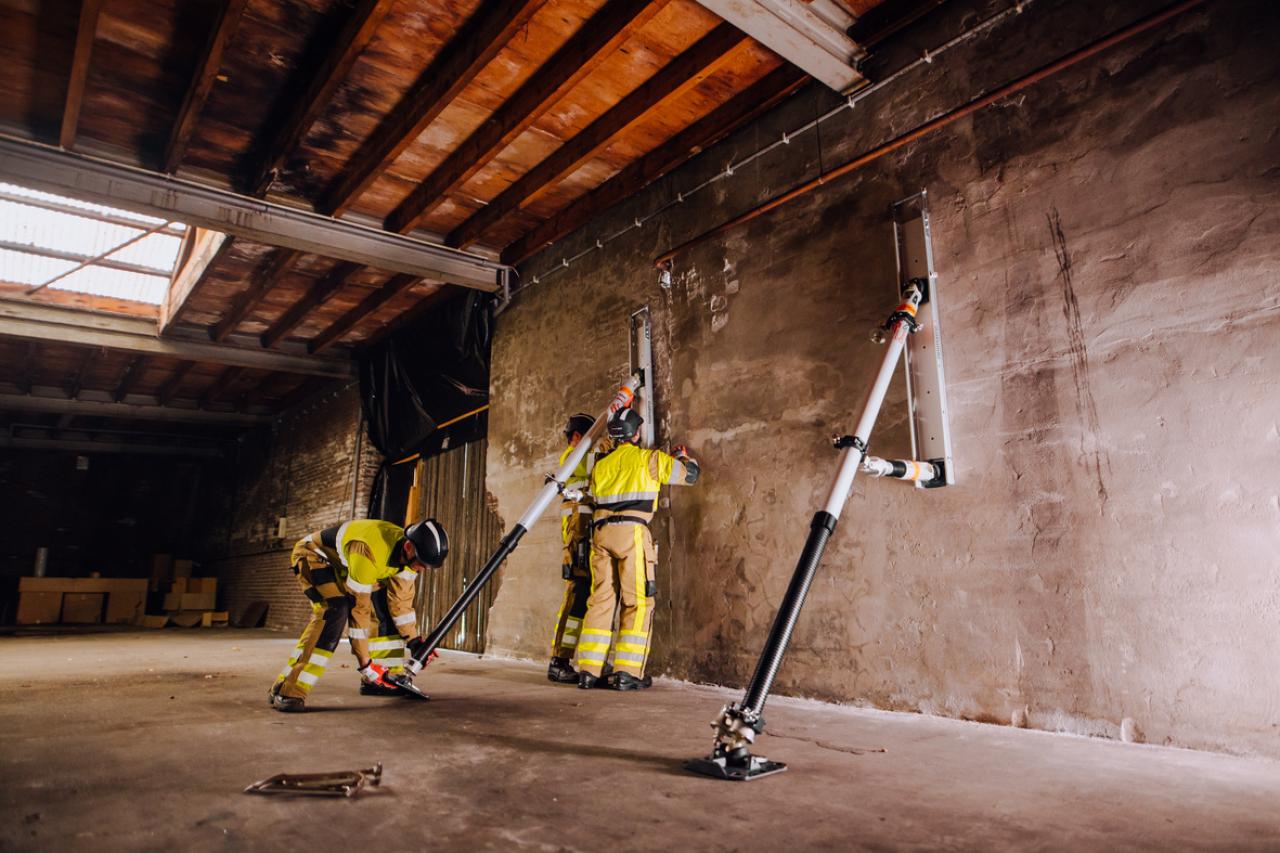

Building & Construction
What Is A Raker In Construction
Modified: May 6, 2024
Learn about the role of a raker in building construction and how they contribute to the stability and safety of structures. Expand your knowledge on this essential construction technique.
(Many of the links in this article redirect to a specific reviewed product. Your purchase of these products through affiliate links helps to generate commission for Storables.com, at no extra cost. Learn more)
Introduction:
Welcome to the world of construction, where every project involves a complex interplay of various elements and components. One such crucial element is the raker. If you’re not familiar with the term, don’t worry; we’ve got you covered. In this article, we will delve into the world of rakers in construction, exploring their definition, functions, uses, types, importance, and safety guidelines.
In the realm of construction, stability is paramount. Structures need to withstand external forces such as wind, earthquakes, and heavy loads. This is where rakers come into play. A raker is a structural member that helps provide lateral stability to a structure. It is typically used to resist horizontal forces that act perpendicular to the main axis of the structure, preventing it from collapsing or buckling under pressure.
Rakers are commonly used in various construction projects, including buildings, bridges, dams, and towers. They play a vital role in ensuring the overall stability and integrity of the structure. From scaffolding to temporary supports during construction, rakers are indispensable.
Understanding the role and importance of rakers is crucial for anyone involved in the construction industry. Whether you’re a construction professional, architect, engineer, or simply an enthusiast, having knowledge of rakers will enhance your understanding of the construction process and contribute to better decision-making.
In the following sections, we will delve deeper into the definition, functions, types, and construction process involving rakers. We will discuss their significance in ensuring structural stability, as well as safety guidelines and troubleshooting tips to overcome common challenges.
So, without further ado, let’s dive into the world of rakers and explore the fascinating realm of construction.
Key Takeaways:
- Rakers are essential in construction, providing lateral stability, resisting external forces, and enhancing structural integrity to ensure the safety and longevity of structures.
- Working with rakers requires adherence to safety guidelines, regular inspection, and proactive troubleshooting to maintain their effectiveness and integrity throughout the construction process.
Read more: What Is Construction
Definition of a Raker in Construction:
In the construction industry, a raker is a structural member that is mainly used to provide lateral stability to a structure. It is designed to resist horizontal forces that act perpendicular to the main axis of the structure, helping to prevent it from collapsing or buckling under pressure.
Rakers are typically inclined beams or supports that are installed diagonally to transfer the lateral loads to the ground or to another stable structure. They are commonly used in various construction projects, including buildings, bridges, dams, and towers.
The primary function of a raker is to absorb and distribute the lateral forces that may arise due to wind, seismic activity, or the weight of the structure itself. By resisting these forces, rakers help maintain the overall stability and integrity of the structure, preventing any potential failures or structural deformations.
Rakers can vary in size, shape, and material depending on the specific requirements of the project. They can be made of wood, steel, or concrete, and their dimensions and inclination angle are carefully determined by structural engineers to ensure optimal performance.
It is important to note that while rakers provide lateral stability, they are not meant to bear significant vertical loads. Instead, their primary role is to transfer lateral forces to the ground or other supporting elements, such as columns or walls, that can handle vertical loads.
Rakers can be temporary or permanent, depending on the construction phase and the intended purpose. Temporary rakers are commonly used during the construction process to provide temporary lateral support to the structure until it gains enough strength and stability. Once the structure is complete and stable, temporary rakers are typically removed.
In summary, a raker in construction is a structural member that is installed diagonally to provide lateral stability to a structure. It helps resist horizontal forces and prevents the structure from collapsing or buckling under pressure. Rakers play a crucial role in ensuring the stability and integrity of various construction projects, making them an essential component in the world of construction.
Functions and Uses of Rakers in Construction:
Rakers play a vital role in ensuring the stability and structural integrity of a construction project. They serve several important functions and have various uses, making them an indispensable element in the world of construction. Let’s explore some of the key functions and uses of rakers:
- Lateral Stability: The primary function of rakers is to provide lateral stability to a structure. They resist horizontal forces that act perpendicular to the main axis of the structure, such as wind or seismic loads. By absorbing and distributing these forces, rakers help prevent the structure from collapsing or buckling under pressure.
- Transfer of Forces: Rakers serve as a means to transfer lateral forces to the ground or other stable components of the structure. They redirect the forces and prevent them from causing deformation or failure of the main elements, such as columns or walls, which are designed to handle vertical loads.
- Temporary Support during Construction: Rakers are often used as temporary supports during the construction phase. They provide lateral stability and support to the structure until it gains sufficient strength and stability to withstand the loads it will face once completed. Temporary rakers are commonly used in formwork, scaffolding, and other construction processes.
- Enhancement of Structural Integrity: By providing lateral stability, rakers contribute to improving the overall structural integrity of the construction project. They help distribute loads evenly, reduce the risk of structural deformations or failures, and ensure that the structure can withstand various external forces, such as wind or seismic activity.
- Prevention of Buckling and Collapsing: Rakers play a crucial role in preventing buckling and collapsing of a structure. By resisting lateral forces, they counteract the tendency of the structure to deform or collapse when subjected to horizontal loads. This is particularly important in areas prone to high winds or seismic activity.
- Adaptation to Site Conditions: Rakers are versatile elements that can be adapted to suit different site conditions. They can be adjusted in terms of length, angle, and material to accommodate variations in the terrain, shape of the structure, and specific construction requirements.
In summary, rakers serve various important functions in construction. They provide lateral stability, transfer forces, act as temporary supports during construction, enhance structural integrity, prevent buckling and collapsing, and adapt to site conditions. These functions make rakers an essential component in ensuring the stability and safety of construction projects.
Types of Rakers and Their Applications:
Rakers come in different types, each with its own design and applications. The type of raker used in a construction project depends on factors such as the nature of the structure, the forces it is expected to withstand, and the specific requirements of the project. Let’s explore some common types of rakers and their applications:
- Brace Raker: Brace rakers are diagonal members that provide temporary lateral stability during the construction phase. They are commonly used in scaffolding systems to prevent the structure from collapsing or leaning under the weight of workers, equipment, and materials. Brace rakers are versatile and can be easily adjusted to accommodate different angles and lengths.
- Strut Raker: Strut rakers are inclined beams that support vertical loads while also providing lateral stability. They are commonly used in bridge construction, where they help distribute the weight of the bridge deck and vehicular loads to the bridge piers or abutments. Strut rakers are designed to resist both vertical and horizontal forces, ensuring the overall stability of the bridge structure.
- Tie Raker: Tie rakers are diagonal members used to resist tension forces and provide lateral stability in structures such as roof trusses and framed buildings. They are typically installed in pairs, crossing each other to form an “X” shape. Tie rakers help prevent the outward movement or deformation of the roof or walls, ensuring the structural integrity of the building.
- Sheer Raker: Sheer rakers, also known as inclined columns, are used to stabilize tall or slender structures exposed to wind loads. They are inclined columns that provide additional rigidity and resistance to lateral forces. Sheer rakers are commonly used in high-rise buildings, transmission towers, and communication masts to prevent excessive swaying or deformation under windy conditions.
- Cantilever Raker: Cantilever rakers are diagonal supports that extend beyond the edge of a structure. They provide additional lateral stability and support, especially in structures where the main beams or columns are cantilevered. Cantilever rakers are commonly used in buildings with balconies, overhangs, or large roof overhangs, helping to counteract any potential instability caused by the extended structural elements.
These are just a few examples of the types of rakers used in construction projects. There are many other variations and combinations of rakers depending on the specific requirements and design of the structure. It is important to consult with structural engineers and construction professionals to determine the most suitable type of raker for each application.
In summary, the types of rakers used in construction include brace rakers, strut rakers, tie rakers, sheer rakers, and cantilever rakers. Each type has its own design and applications, serving to provide lateral stability, resist horizontal forces, and enhance the overall structural integrity of the construction project.
Construction Process Involving Rakers:
The use of rakers in construction involves a carefully planned and executed process to ensure the stability and safety of the structure. Let’s explore the typical construction process that involves rakers:
- Structural Design: The construction project begins with a detailed structural design by architects and structural engineers. This design includes determining the load requirements, assessing the potential forces acting on the structure, and identifying the need for rakers to provide lateral stability.
- Raker Placement: Once the structural design is finalized, the placement of rakers is determined based on engineering calculations and analysis. The positioning of rakers depends on the location of lateral forces, the structural components involved, and the terrain conditions. Temporary rakers may be used during the early stages of construction to provide initial lateral support.
- Installation of Rakers: The rakers are then installed according to the specified design and placement. This involves securing the rakers firmly into position, ensuring that they are properly aligned and connected to the main structure. The materials used for the rakers, such as wood, steel, or concrete, are chosen based on the specific project requirements.
- Monitoring and Adjustment: Throughout the construction process, the rakers are constantly monitored to ensure their effectiveness and stability. Structural engineers and construction professionals conduct regular inspections to detect any signs of movement, deformation, or stress on the rakers. Any necessary adjustments or reinforcements are made to maintain the integrity of the rakers and the overall stability of the structure.
- Structural Load Testing: Once the construction is complete, load testing is conducted to assess the performance and stability of the structure. This involves subjecting the structure to simulated or actual loads to evaluate its response. The rakers are an integral part of this testing process, as their ability to provide lateral stability is crucial in determining the structural integrity of the project.
- Raker Removal: If the rakers were installed as temporary supports, they are typically removed once the structure has gained sufficient strength and stability to withstand the loads it will face. The removal process is carefully planned and executed to avoid any damage to the structure or compromise its stability.
The construction process involving rakers requires close collaboration between architects, structural engineers, and construction professionals to ensure proper placement, installation, and monitoring. It is crucial to adhere to safety guidelines and quality standards throughout the process to guarantee the stability and integrity of the structure.
In summary, the construction process involving rakers includes structural design, raker placement, installation, monitoring, load testing, and potentially their removal once the structure is stable. This process ensures the effective use of rakers to provide lateral stability and maintain the safety and integrity of the construction project.
When using a raker in construction, make sure it is securely braced and angled properly to provide support and stability to the structure being built. Always follow safety guidelines when working with rakers.
Read more: What Is Casework In Construction
Importance of Rakers in Ensuring Structural Stability:
Rakers play a vital role in construction projects by ensuring the structural stability and integrity of the built environment. Their importance in maintaining the safety and longevity of structures cannot be overstated. Let’s explore the key reasons why rakers are essential in ensuring structural stability:
- Lateral Stability: One of the primary functions of rakers is to provide lateral stability to a structure. They resist horizontal forces that act perpendicular to the main axis of the structure, such as wind or seismic loads. By absorbing and distributing these forces, rakers prevent the structure from collapsing or buckling under pressure.
- Resistance to External Forces: Rakers are designed to resist the external forces that structures may face during their lifespan. These forces can include wind, earthquakes, vibrations, or the weight of the structure itself. By providing lateral stability, rakers ensure that the structure can withstand and counteract these forces, minimizing the risk of structural failure.
- Structural Integrity: Rakers contribute to the overall structural integrity of a construction project. They help distribute loads evenly, reduce the risk of structural deformations or failures, and ensure that the structure can withstand various external forces. This is particularly important in tall or slender structures that are more susceptible to lateral movements.
- Load Redistribution: Rakers play a crucial role in redistributing the applied loads across the structure. By transferring lateral forces to the ground or other supporting elements, such as columns or walls, rakers prevent excessive stress concentrations on specific components. This helps maintain the equilibrium of the structure and increases its load-bearing capacity.
- Preservation of Aesthetics: In addition to their structural importance, rakers can also contribute to the aesthetics of a building. When designed creatively, rakers can be integrated into the architectural design, offering visual interest and enhancing the overall appeal of the structure without compromising its stability.
- Safety and Longevity: The presence of properly designed and installed rakers significantly enhances the safety and longevity of a structure. By effectively resisting lateral forces and preventing structural failures, rakers ensure the safety of occupants and protect the investment made in constructing the building. They contribute to the durability and stability of the structure over its intended lifespan.
Overall, rakers are of paramount importance in ensuring the structural stability of construction projects. They provide lateral stability, resist external forces, contribute to the structural integrity, redistribute loads, preserve aesthetics, and enhance safety and longevity. By incorporating rakers in the design and construction process, professionals can create structures that are not only visually appealing but also structurally sound and safe for occupants.
Safety Guidelines for Working with Rakers:
Working with rakers in construction requires careful planning and adherence to safety guidelines to ensure the well-being of workers and the successful completion of the project. Here are essential safety guidelines to consider when working with rakers:
- Proper Training: Ensure that all personnel involved in working with rakers receive proper training on their installation, inspection, and removal. Familiarize workers with the specific hazards and safety precautions associated with working with rakers.
- Use Personal Protective Equipment (PPE): Provide and enforce the use of appropriate personal protective equipment, such as safety glasses, hard hats, gloves, and steel-toed boots. This will help protect workers from potential hazards and injuries associated with working with rakers.
- Safe Installation: Follow the recommended procedures for installing rakers, ensuring that they are securely fastened and aligned. Use adequate bracing and shoring to ensure stability during installation and adjustment. Never overload or exceed the load capacity of the rakers.
- Regular Inspection: Regularly inspect the rakers for any signs of damage, deformation or stress. Monitor their stability and ensure they remain effective throughout the construction process. Immediately address any observed issues and make necessary repairs or adjustments.
- Frequent Communication: Establish clear lines of communication between workers involved in working with rakers. Encourage an open dialogue where workers can report any concerns or potential safety hazards related to the rakers. Regularly communicate safety instructions, best practices, and emergency procedures.
- Safe Removal: If the rakers are temporary, carefully plan and execute their removal from the structure. Follow approved procedures for dismantling and ensure the stability of the structure is maintained during the removal process.
- Stay Clear of Falling Hazards: Ensure that workers are aware of the potential hazards associated with working in the vicinity of rakers. Keep the work area clear of loose tools, equipment, and materials that could fall and cause injury. Implement proper barricades and warning signs to prevent unauthorized access to the area.
- Weather Considerations: Be aware of weather conditions that may affect the stability of the rakers. Extreme wind, rain, or snow can compromise the integrity of the rakers and pose significant safety risks. Assess the weather conditions before working with rakers and take appropriate measures to secure the worksite.
- Regular Training and Safety Reviews: Conduct regular safety training sessions and periodic reviews of safety protocols when working with rakers. Keep workers updated on best practices, new regulations, and any changes necessary to maintain a safe working environment.
Remember, the safety and well-being of workers should always be a top priority when working with rakers. By following these safety guidelines and maintaining a vigilant approach to safety, construction professionals can minimize risks, prevent accidents, and create a secure working environment for all involved in the construction project.
Common Challenges and Troubleshooting Tips for Rakers:
Working with rakers in construction projects can present various challenges that may require troubleshooting to ensure their effectiveness and safety. Understanding and addressing these challenges promptly can help prevent potential issues and maintain the stability of the structure. Here are some common challenges and troubleshooting tips for working with rakers:
- Raker Misalignment: One challenge that may arise is raker misalignment, where the raker deviates from its intended position. This can occur due to accidental movement or shifting of the structure. If misalignment is observed, assess the cause and readjust the raker to its proper position and alignment. Ensure the connections and fastenings are secured tightly.
- Insufficient Lateral Stability: In some cases, the installed rakers may not provide sufficient lateral stability to the structure. This can happen if the design calculations were incorrect or the loads exceed the capacity of the rakers. Consult with a structural engineer to assess the situation and make any necessary modifications or reinforcements to the rakers.
- Structural Movement: Structural movement, such as settling or shifting, can impact the performance of rakers. Monitor the structure regularly for any signs of movement and assess its impact on the rakers. If movement is observed, consult with a structural engineer to recommend appropriate measures to ensure the continued stability of the rakers.
- Damage or Wear: Rakers may experience damage or wear over time, particularly in long-term construction projects. Regularly inspect the rakers for any signs of damage, such as cracks, corrosion, or bending. If damage is identified, assess the severity and determine whether repair or replacement is necessary to maintain the functionality and safety of the rakers.
- Environmental Factors: Environmental factors, such as high winds or seismic activity, can pose challenges to the stability of rakers. Ensure that the rakers are designed and installed to withstand the specific environmental conditions of the construction site. Consider factors such as wind load calculations and seismic design requirements to ensure the rakers can effectively resist these forces.
- Insufficient Bracing: Inadequate bracing or shoring during the installation and adjustment of rakers can lead to instability. Ensure that proper bracing and shoring techniques are employed to provide temporary support during the raker installation process. Follow guidelines and recommendations provided by structural engineers to ensure adequate stability during construction.
- Communication and Coordination: Challenges can arise if there is a lack of communication and coordination among the construction team when working with rakers. Foster clear communication channels and ensure that all team members understand their roles and responsibilities regarding the installation, inspection, and maintenance of rakers. Regularly communicate updates and address any concerns promptly.
When troubleshooting challenges with rakers, it is crucial to consult with experienced professionals, such as structural engineers or construction managers, to assess the situation and recommend appropriate remedies. By addressing these challenges proactively, potential issues can be identified and resolved, ensuring the stability and safety of the structure throughout the construction process.
Conclusion:
Rakers are an essential component in the world of construction, playing a crucial role in ensuring the stability, integrity, and safety of structures. From providing lateral stability to resisting external forces, rakers are indispensable in various construction projects, including buildings, bridges, dams, and towers.
Throughout this article, we have explored the definition, functions, uses, types, construction process, importance, safety guidelines, and troubleshooting tips related to rakers. We have seen how rakers provide lateral stability, transfer forces, enhance structural integrity, distribute loads, preserve aesthetics, and contribute to the safety and longevity of a construction project.
By understanding the role and significance of rakers, professionals in the construction industry can make informed decisions during the design, installation, and maintenance stages. They can ensure that the rakers are properly placed, secured, and monitored to withstand the forces that structures may face during their lifespan.
However, it is important to emphasize that working with rakers requires strict adherence to safety guidelines and regular inspection to detect any potential issues. Proper training, the use of personal protective equipment (PPE), and adequate communication among team members are crucial elements of a safe working environment. Troubleshooting challenges promptly, such as misalignment, insufficient stability, or damage, is vital to maintaining the effectiveness and integrity of the rakers.
In conclusion, rakers are indispensable in the construction industry, providing the necessary stability to withstand external forces and ensure the safety of structures. Their proper design, installation, and maintenance are key to the success and longevity of construction projects. By incorporating rakers and following safety guidelines, professionals can create structures that not only stand tall but also provide a secure environment for those who use and inhabit them.
Curious about how safety measures impact construction projects? Our next read delves into the significance of maintaining rigorous safety standards on construction sites. Ensuring worker safety doesn't just comply with regulations; it fundamentally alters efficiency and success rates of building projects. Missteps in safety can lead to severe consequences, making preventative strategies crucial. Dive into our detailed discussion on why prioritizing safety is not just necessary but indispensable in the construction field.
Frequently Asked Questions about What Is A Raker In Construction
Was this page helpful?
At Storables.com, we guarantee accurate and reliable information. Our content, validated by Expert Board Contributors, is crafted following stringent Editorial Policies. We're committed to providing you with well-researched, expert-backed insights for all your informational needs.

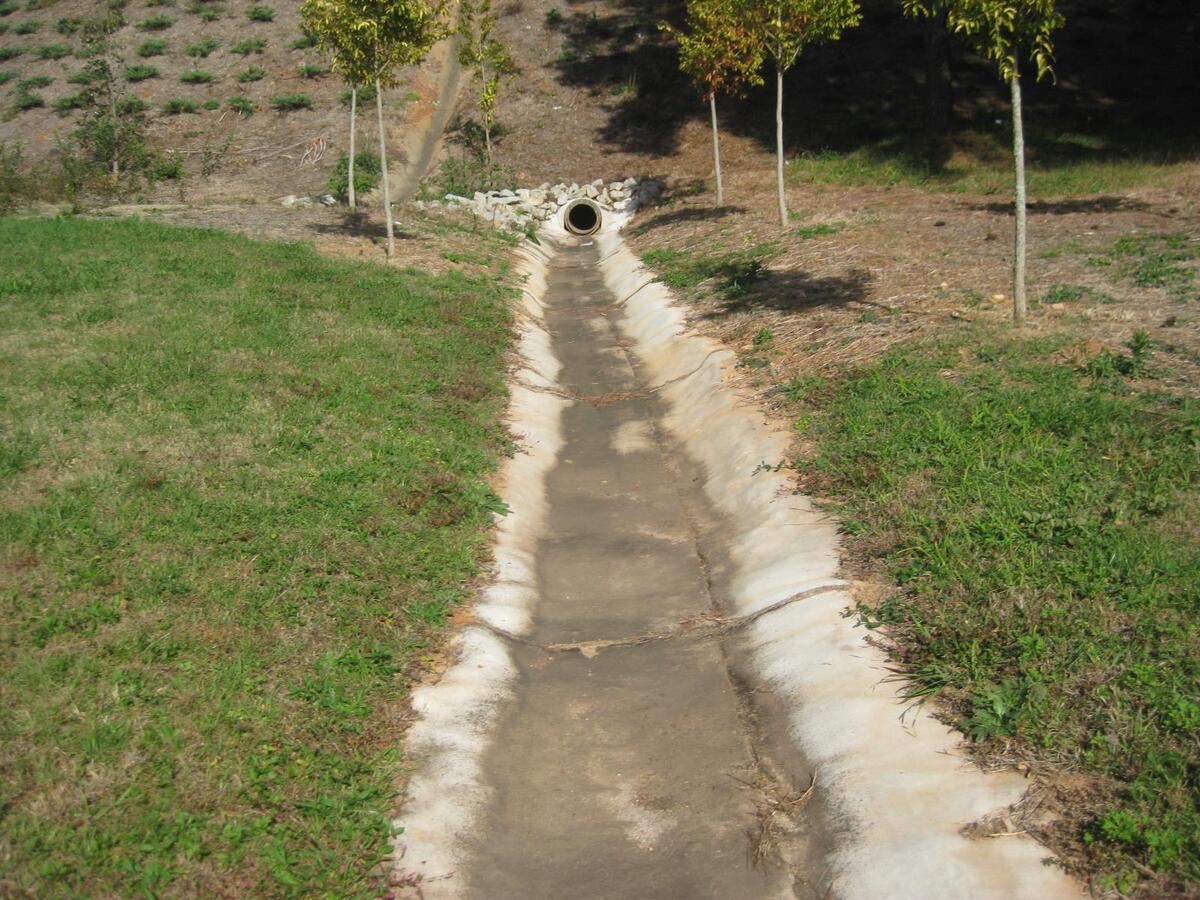
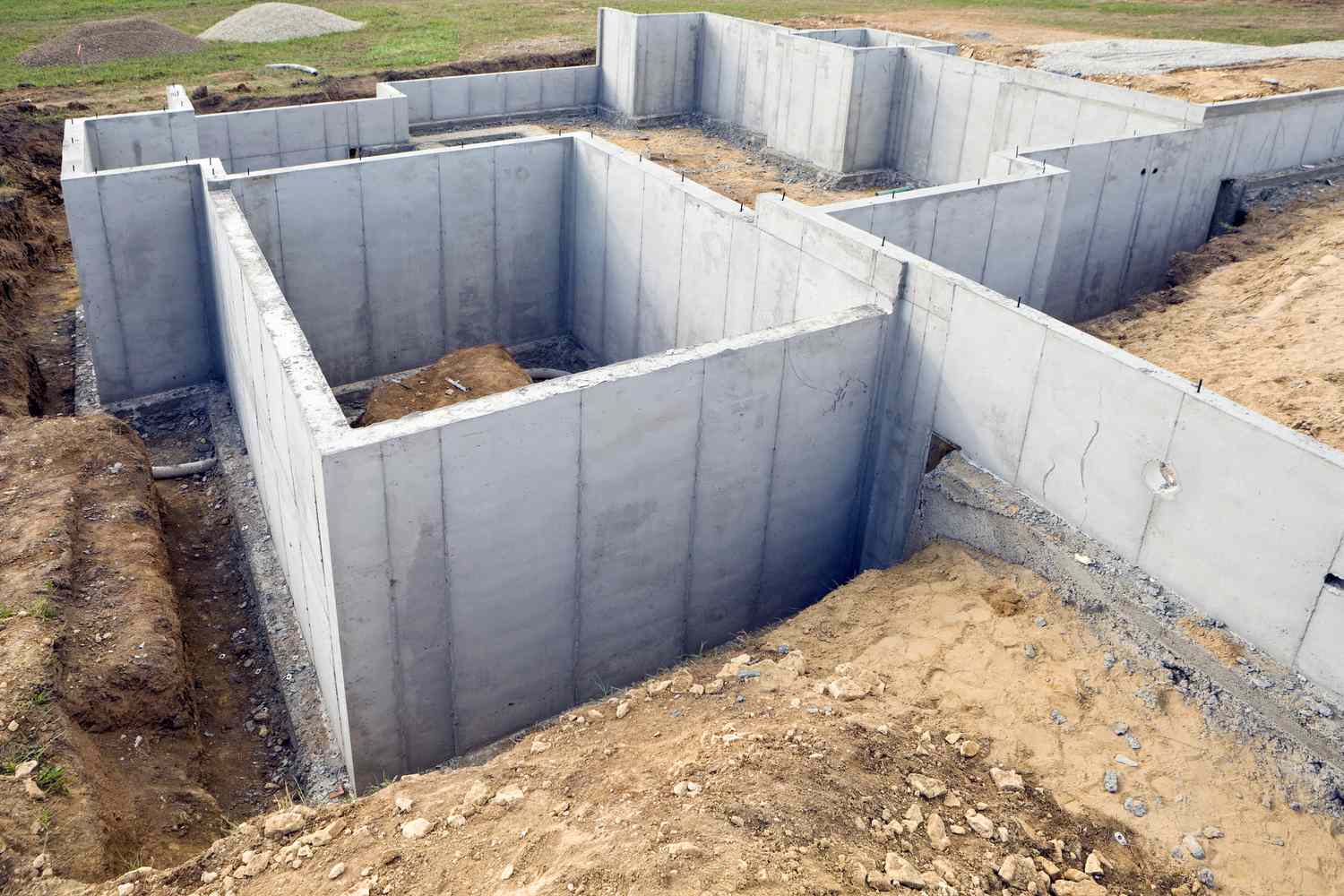
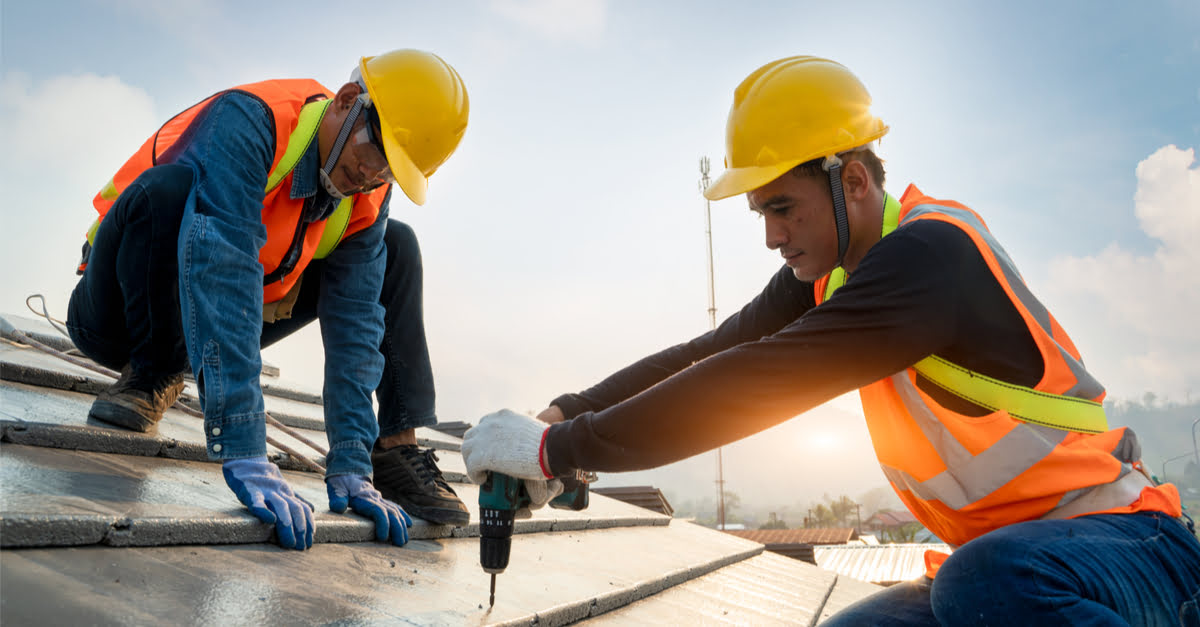


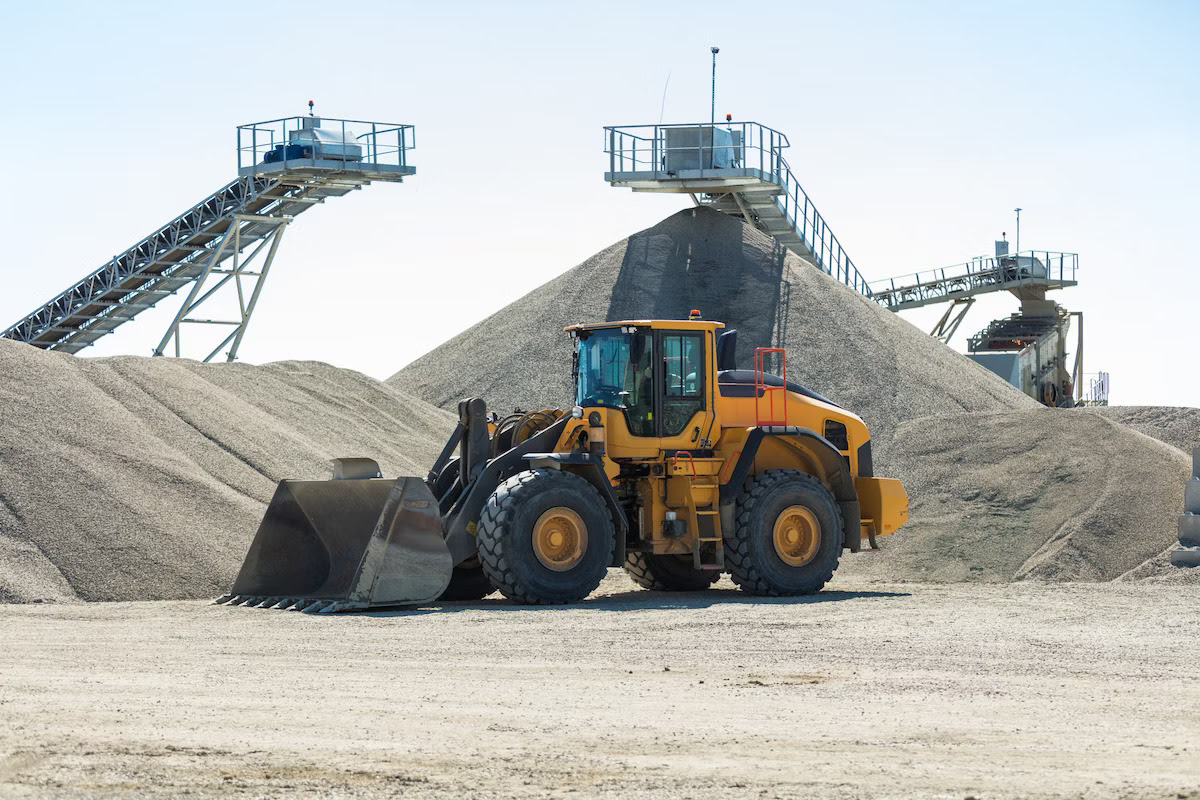
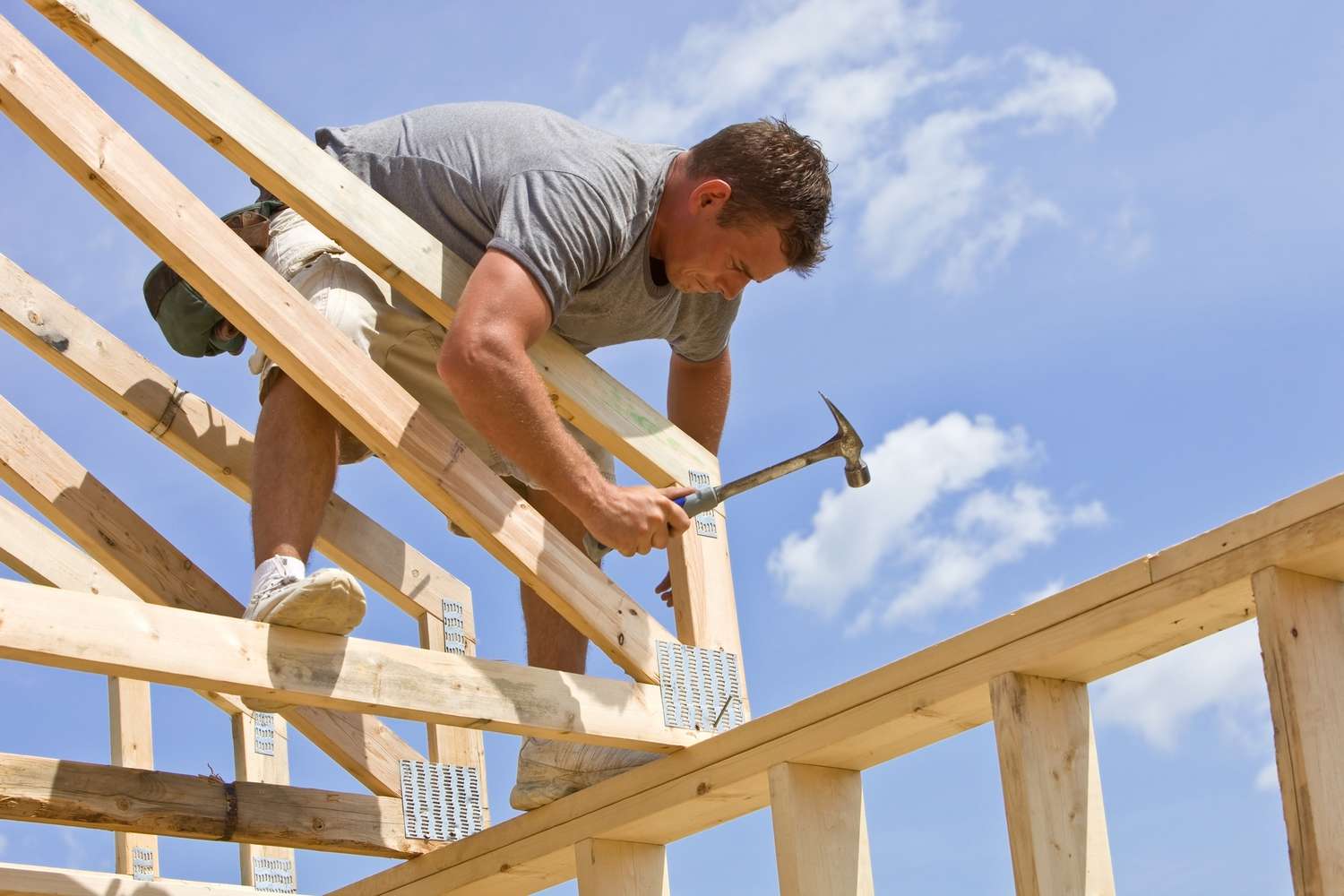



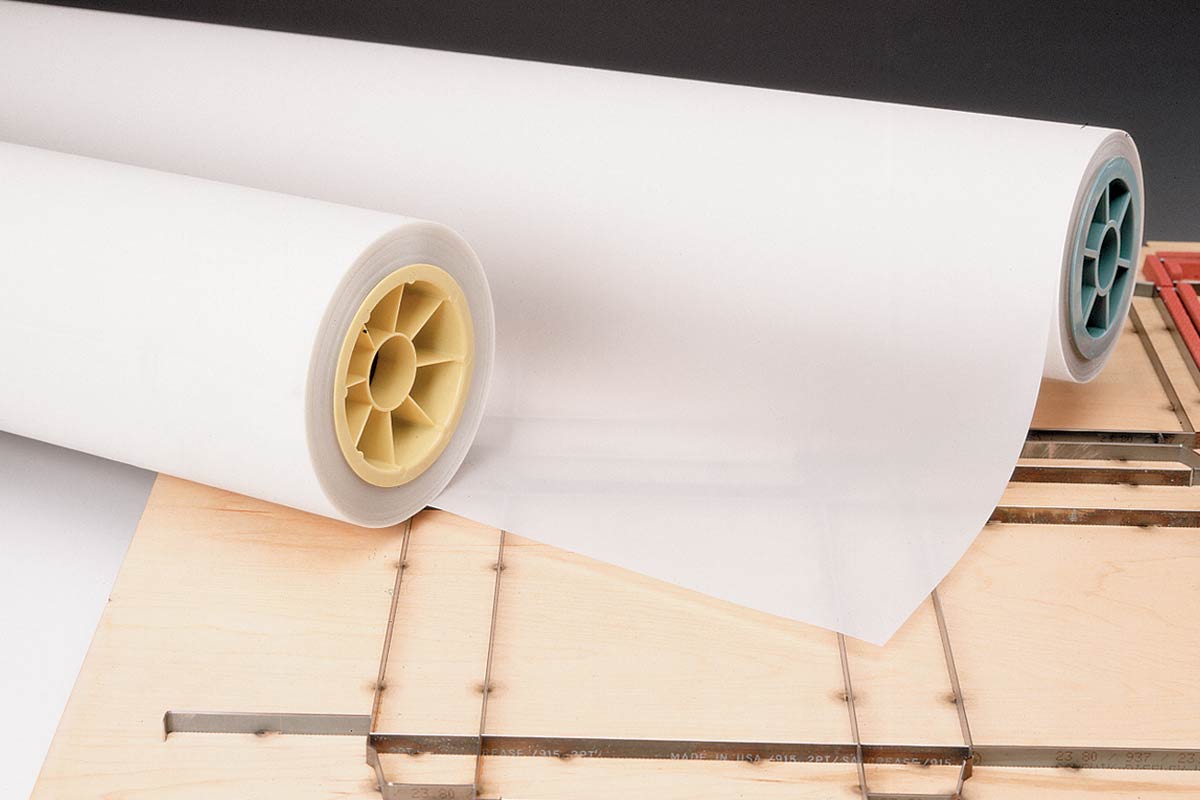
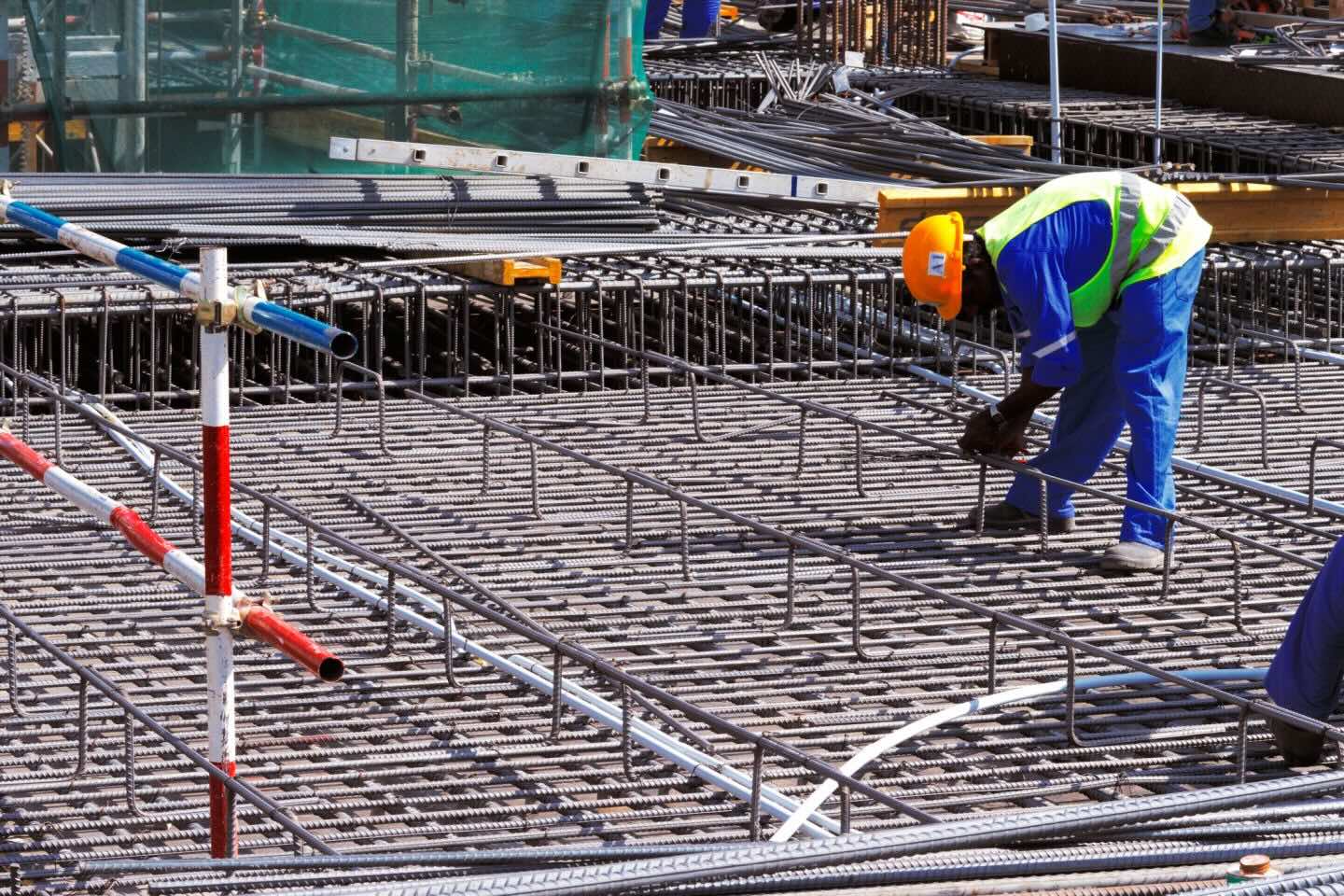


0 thoughts on “What Is A Raker In Construction”